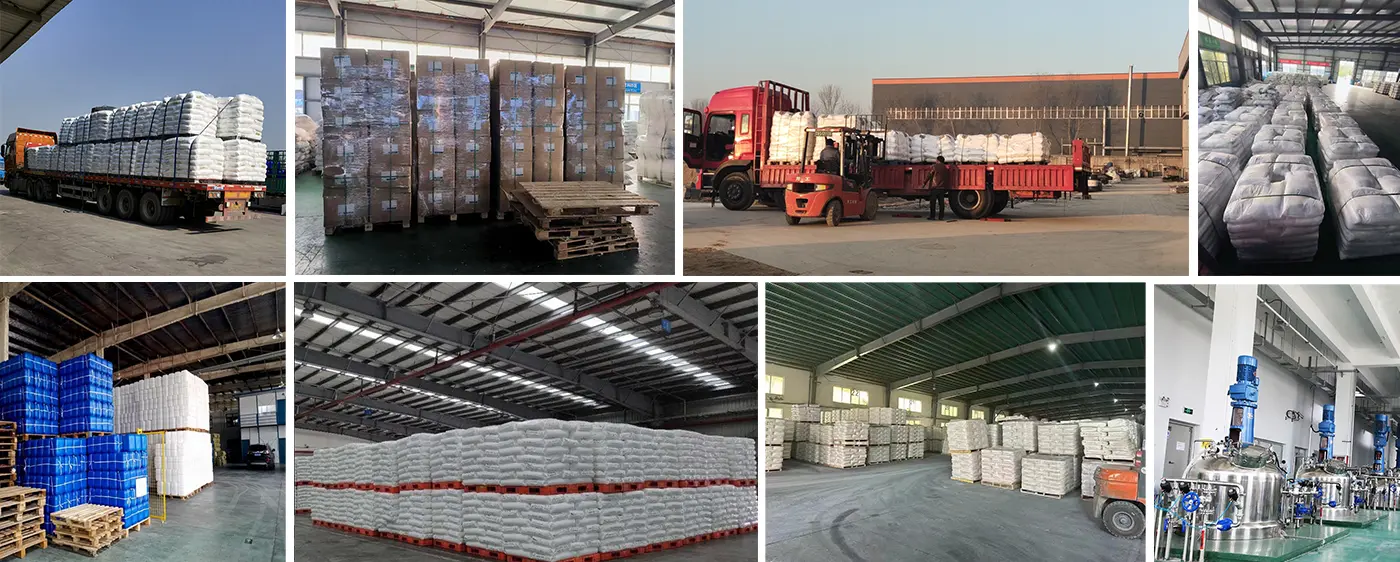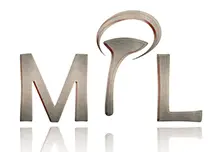





Ammonium Sulfate
Ammonium sulfate, also known as ammonium sulfide, is the earliest nitrogen fertilizer produced and used at home and abroad. It is usually regarded as a standard nitrogen fertilizer, and the nitrogen content is between 20% and 30%. Ammonium sulfate is a strong acid and weak base salt, and its aqueous solution is acidic. Ammonium sulfate is a nitrogen fertilizer in inorganic fertilizer, acidic fertilizer, long-term single use, so that the soil acidification and compaction, need to be improved. Ammonium sulfate cannot be used to produce organic fertilizer.
Key words:
Fertilizer
Classification:
- Product Description
-
- Commodity name: Ammonium Sulfate
Ammonium sulfate, also known as ammonium sulfide, is the earliest nitrogen fertilizer produced and used at home and abroad. It is usually regarded as a standard nitrogen fertilizer, and the nitrogen content is between 20% and 30%. Ammonium sulfate is a strong acid and weak base salt, and its aqueous solution is acidic. Ammonium sulfate is a nitrogen fertilizer in inorganic fertilizer, acidic fertilizer, long-term single use, so that the soil acidification and compaction, need to be improved. Ammonium sulfate cannot be used to produce organic fertilizer.
Ammonium sulfate,cas 7783-20-2;MF:(NH4)2 SO4
Ammonium sulfate, also known as ammonium sulfide, is the earliest nitrogen fertilizer produced and used at home and abroad. It is usually regarded as a standard nitrogen fertilizer, and the nitrogen content is between 20% and 30%. Ammonium sulfate is a strong acid and weak base salt, and its aqueous solution is acidic. Ammonium sulfate is a nitrogen fertilizer in inorganic fertilizer, acidic fertilizer, long-term single use, so that the soil acidification and compaction, need to be improved. Ammonium sulfate cannot be used to produce organic fertilizer.
Moreover, acidic fertilizer can not be used with alkaline fertilizer, and double hydrolysis is easy to lose the fertilizer effect. In the 1960s, ammonium sulfate was the main variety of nitrogen fertilizer and one of the main sources of the element sulfur that provided crop nutrition.
It was first neutralized with ammonia and sulfuric acid, but later the proportion of ammonium sulfate by product is getting larger and larger, and now basically all the by-products in China come from other industries, such as coking industry, caprolactam, sulfuric acid exhaust desulfurization, power plant desulfurization, acrylonitrile and methyl methacrylate, zinc oxide and other by-products. The by-product ammonium sulfate follows the principle of "treating waste with waste", realizes the comprehensive utilization of waste, and achieves the purpose of energy saving and emission reduction. Especially with the breakthrough of ammonia desulfurization project technology, the output of ammonium sulfate by-product of desulfurization in power plants will increase significantly in the future.
Pure ammonium sulfate is a white crystal, the heat to 100℃ began to decompose into ammonia and ammonium bisulphate, by-products with yellow or gray, moisture absorption is small, not easy to caking, so it is easier to preserve, and more soluble in water, not soluble in ethanol and acetone. Ammonium sulfate is a physiologically acidic and efficient nitrogen fertilizer, which is generally suitable for wheat, corn, rice, cotton, sweet potato, hemp, fruit trees, vegetables and other crops. For soil, ammonium sulfate is most suitable for neutral soil and alkaline soil, but not suitable for acidic soil. It is also used as an analytical reagent (precipitator, masking agent), supporting electrolyte in electrochemical analysis, microbial medium and ammonium salt preparation.
3.Application
(1)As base fertilizer. When ammonium sulfate is used as the base fertilizer, the soil should be covered deeply to facilitate the absorption of crops.
(2)for topdressing. This is the most suitable method of application. The topdressing amount of ammonium sulfate was determined according to different soil types. The soil with poor water and fertilizer retention performance should be applied in stages, and the amount should not be too much each time. For soil with good water and fertilizer retention performance, the amount can be appropriate more each time. The amount of soil moisture also has a greater impact on fertilizer efficiency, especially in dry land, when applying ammonium sulfate, we must pay attention to timely watering. When topdressing paddy field, it should be drained and dried first, and it should be applied at the same time with tilling. In addition, there are obvious differences in the application of ammonium sulfate to different crops, such as when it is applied to fruit trees, it can be applied in trenches, rings or holes.
(3)more suitable for seed fertilizer. Because ammonium sulfate has no adverse effect on seed germination.Mainly used as fertilizer, suitable for all kinds of soil and crops
Packing and shipping
MTL Chemical possess right of autonomy in import and export operation, with products sold to several dozens of countries and regions in North and South America, Europe, Asia, Australia and South Africa, hence enjoying extremely high reputation and popularity on the international stage.

Customer testimonials
Commercial credibility strengthens the basis. Innovation leads to the future development. MTL Chemical always pursue win-win cooperation and provide all customer with professional services and high-quality products.

Customer testimonials
The Company also boasts a team of professional talents engaged in chemical management, production, R&D and trade, among whom technical talents account for 30%. In strict accordance with requirements of ISO9001, ISO14001 and GB/T-28001, the Company has exercised supervision, control and operation over every link of production, with a view to realizing the perfect combination of social responsibility, employee health, environmental protection and product quality. We are looking forward to working together with the people of all circles at home and abroad to seek common development!








ONLINE MESSAGES
Recommended Products

